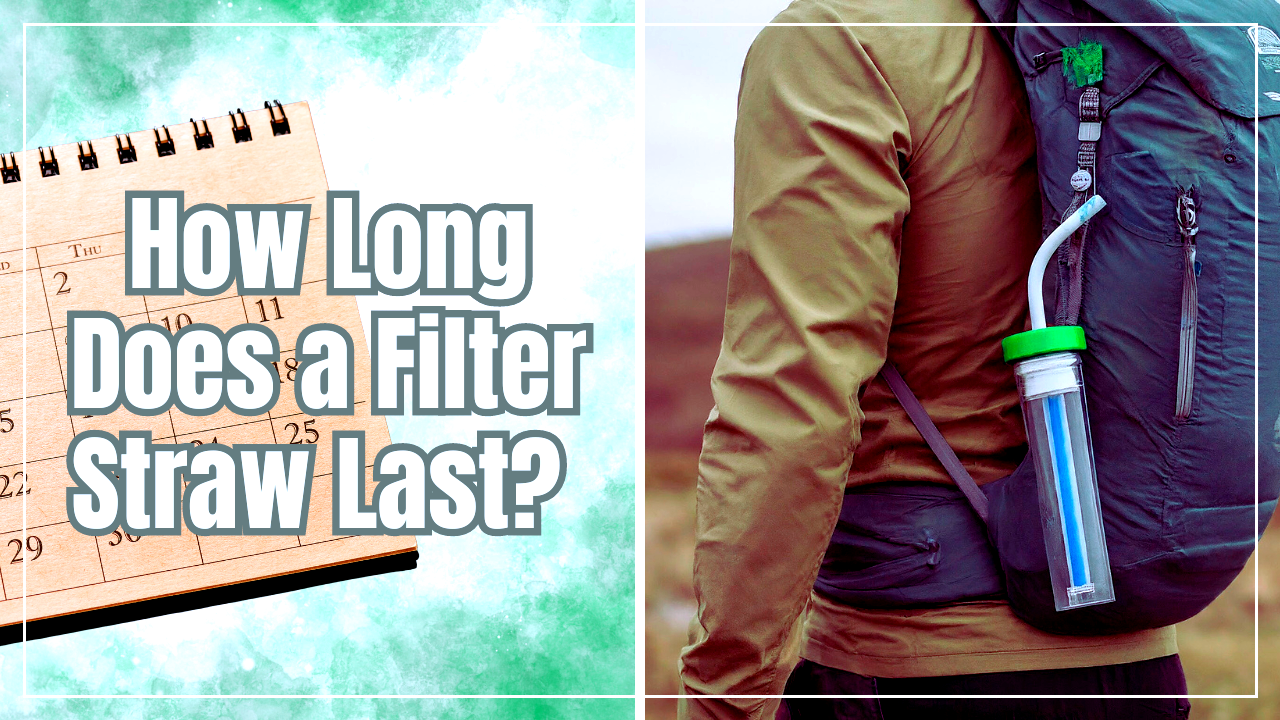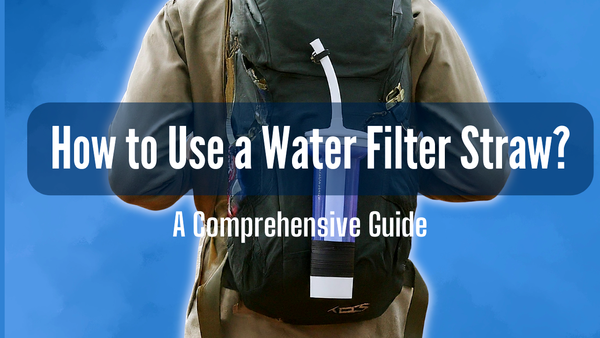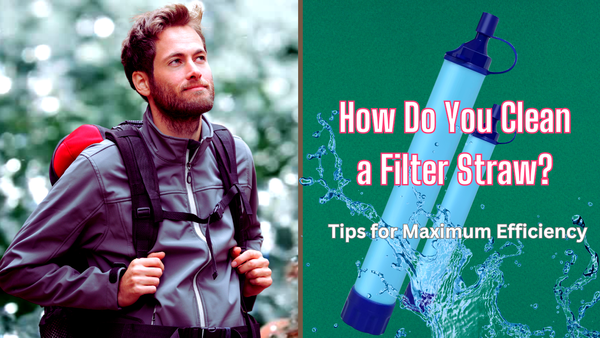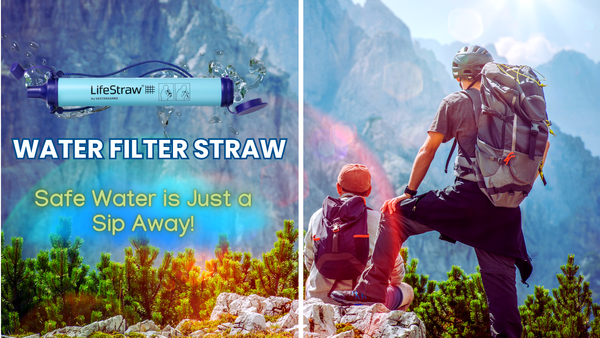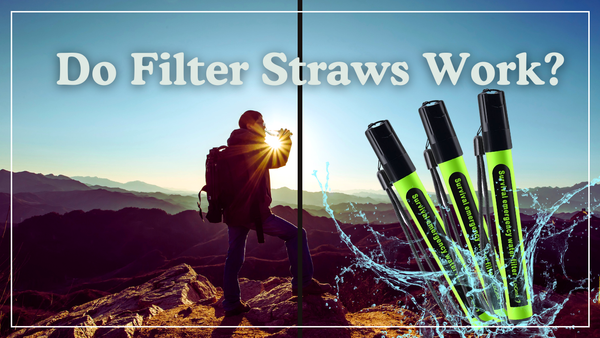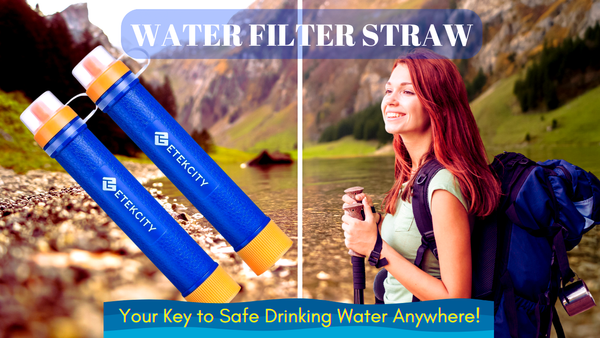Key Takeaways:
- Filter straws can last for varying durations depending on usage and water quality.
- LifeStraw filters are designed to handle up to 1,000 liters of water.
- Proper maintenance and understanding of the filter's limitations are crucial for maximizing its lifespan.
Filter straws have become popular for ensuring safe drinking water, especially in outdoor activities and emergencies. But how long does a filter straw last? This question is crucial for anyone relying on these devices for clean water. In this article, we'll explore the lifespan of filter straws, focusing on factors that influence their longevity, maintenance tips, and real-world applications.
What are Filter Straws
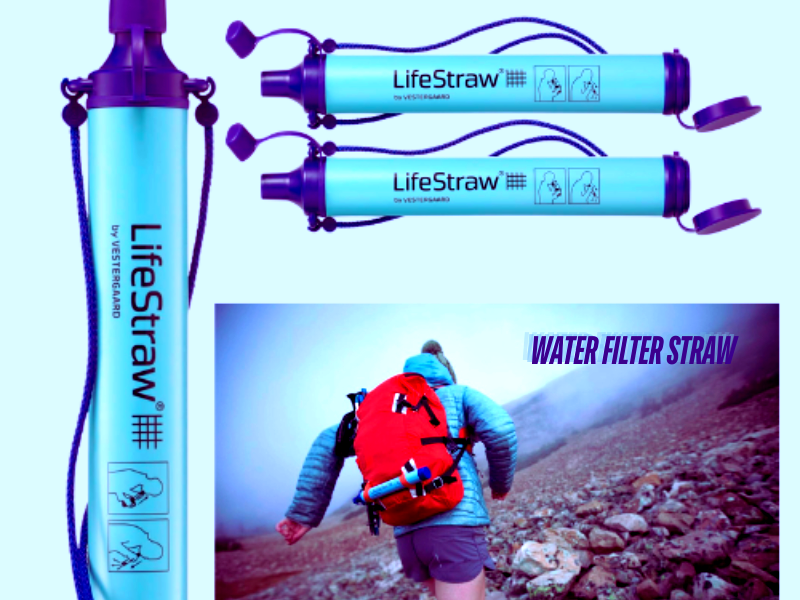
Filter straws are portable water filtration devices that allow you to drink directly from natural water sources like rivers, lakes, and even mud puddles. They remove harmful bacteria, parasites, and other contaminants, making the water safe to drink. The most popular brand in this category is LifeStraw, known for its high-quality and reliable products.
These straws are useful when clean drinking water is limited, such as in outdoor activities, in developing countries, or emergency preparedness kits. They are a cheap solution for safe drinking water without bulky equipment or chemical treatments.
How Filter Straws Work
Filter straws use a combination of mechanical and chemical filtration to remove contaminants from water. The main mechanism is a hollow fiber membrane that traps particles, bacteria, and protozoan parasites. Some models also have activated carbon filters to improve taste and remove chlorine.
The process is simple: you just put the straw in the water source and suck the water through the filter. The contaminants are trapped in the filter and clean water goes into your mouth. This simple and effective design is why filter straws are popular with outdoor enthusiasts and emergency responders.
Lifespan of Filter Straws
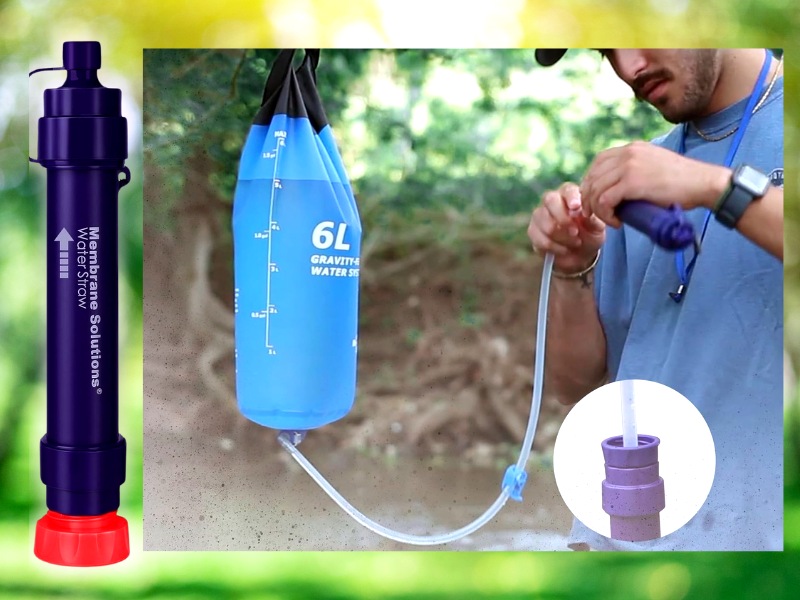
The lifespan of a filter straw depends on several factors, including the quality of the water being filtered and the frequency of use. Most filter straws, like the original LifeStraw, can filter up to 1,000 liters of water. So, if you use the straw to drink 2 liters of water a day, it should last about 500 days.
However, the actual lifespan can vary. If you filter foul water, the filter will clog faster and reduce its useful life. If you’re filtering relatively clean water, it may last longer than the 1,000 liters advertised. You should monitor the flow rate and replace the filter when it gets hard to suck water through it.
Factors that Affect Lifespan
Several factors can affect how long a filter straw lasts. The most important one is the quality of the water being filtered. Water with high sediment, bacteria, or other contaminants will clog the filter faster and reduce its lifespan. Filtering clean water will extend the life of the filter.
Another factor is the frequency of use. The more you use the filter, the faster it will wear out. Regular maintenance, like backflushing the filter to remove trapped particles, will help extend its lifespan. Proper storage is also key; keeping the filter dry and clean when not in use will prevent mold and bacteria growth and extend its useful life.
Maintenance
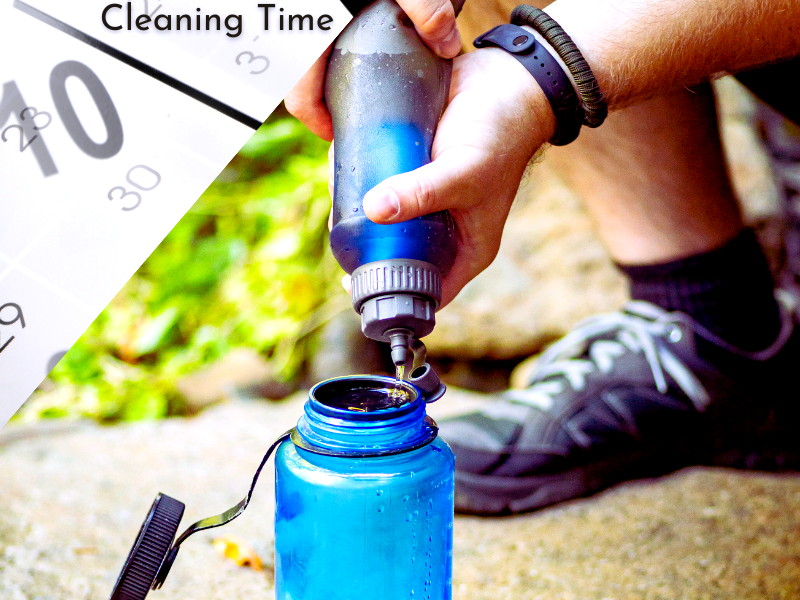
Regular maintenance is key to getting the most out of your filter straw. One of the best ways to extend the life of your filter is to backflush it. This involves forcing clean water back through the filter to remove trapped particles and contaminants. Most filter straws come with a syringe or other device for this purpose.
Another maintenance tip is to store the filter properly when not in use. After each use, shake out any excess water and let the filter air dry completely. Store it in a cool, dry place to prevent mold and bacteria growth. Check the filter regularly for any damage or wear and replace it if necessary.
Real World Applications
Filter straws are very versatile and can be used in many situations. They are popular for outdoor activities like hiking, camping, and backpacking where access to clean drinking water is limited. They are also a must-have in emergency preparedness kits, providing a reliable source of safe drinking water during natural disasters or other emergencies.
In developing countries, filter straws can be a lifesaver, providing clean drinking water in areas where waterborne diseases are prevalent. Organizations like LifeStraw have distributed millions of these filters to communities in need, reducing the incidence of waterborne illnesses and improving overall health.
LifeStraw in Developing Countries
LifeStraw has made a big impact in developing countries by providing access to clean drinking water. One example is their work in Kenya where they have distributed thousands of filter straws to schools and communities. This has reduced the incidence of waterborne diseases like cholera and dysentery and improved the health and well-being of many people.
In addition to providing filter straws, LifeStraw has also implemented educational programs to teach communities about clean water and proper hygiene practices. These have had a lasting impact and empowered individuals to take control of their health.
Emergency Preparedness
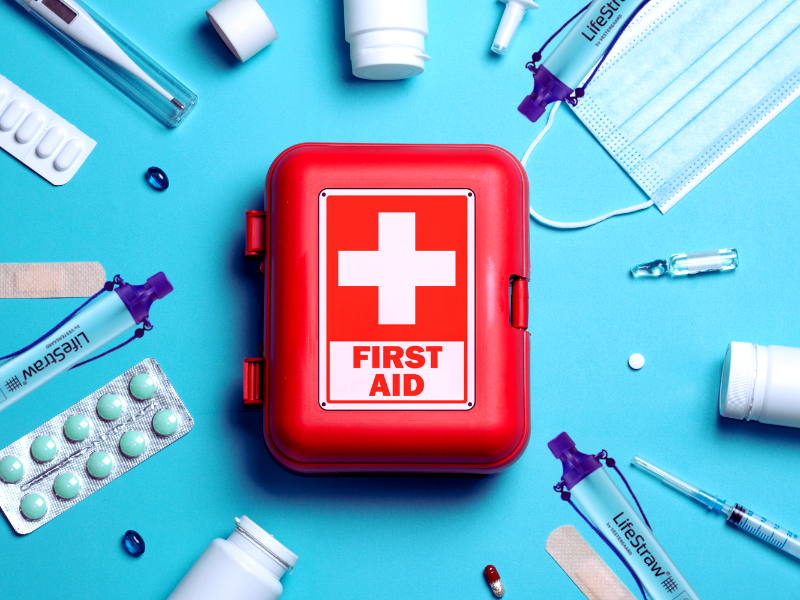
Filter straws are a must-have in any emergency preparedness kit. In the event of a natural disaster or other emergency access to clean drinking water can be severely limited. Filter straws provide a simple and cost-effective solution for safe drinking water in these situations.
For example, after Hurricane Katrina, many people were left without access to clean water. Filter straws could have been a simple solution to ensure safe drinking water and reduce the risk of waterborne diseases and other health issues.
Outdoor Activities
For outdoor enthusiasts, filter straws are a must-have. Whether you’re hiking, camping, or backpacking access to clean drinking water is key. Filter straws allow you to drink directly from natural water sources, no need to carry large amounts of water with you.
This reduces the weight of your pack and ensures you have a reliable source of safe drinking water for the whole trip. Many outdoor enthusiasts swear by filter straws, they love the convenience, reliability, and ease of use.
Innovative Uses of Filter Straws in Urban Settings
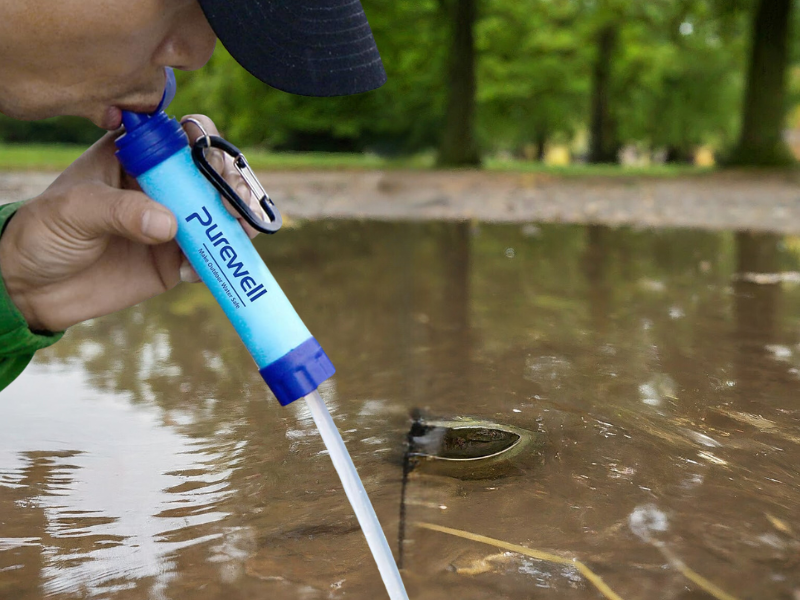
Filter straws aren’t just for adventurers and emergency kits; they’re making waves in urban environments, too. Imagine drinking clean drinking water straight from a public fountain or even a muddy puddle in a city park. With a LifeStraw filter, you can turn potentially harmful water sources into safe drinking water. This is especially useful in areas where water treatment plants might not be up to par, making it a cost-effective solution for clean water.
Filter straws can be lifesavers in cities during infrastructure failures. Think about a burst pipe or a contaminated water supply; having a LifeStraw Go or a similar water filter bottle can ensure access to safe drinking water. These are not just for the wilderness but are becoming urban survival gear. They provide a practical way to drink clean water without relying on bottled water, reducing plastic waste and promoting environmental sustainability.
The Science Behind Filter Straw Technology
Ever wonder how a tin straw can filter out harmful bacteria and other contaminants? The magic is in the advanced filtration technology. Most filter straws, like the LifeStraw, use a hollow fiber membrane that filters out particles as small as 0.2 microns. This means it can remove waterborne bacteria and protozoan parasites, so you can drink safe water even from the dirtiest sources.
Some filter straws also have activated carbon filters which remove chlorine and improve the taste of the water. This dual filtration system is especially useful for urban users who are concerned about both biological contaminants and chemical pollutants. The high flow rate of these filters means you can drink water effortlessly, making them a convenient option for both outdoor activities and everyday use in urban settings.
Filter Straws vs Other Filtration Methods
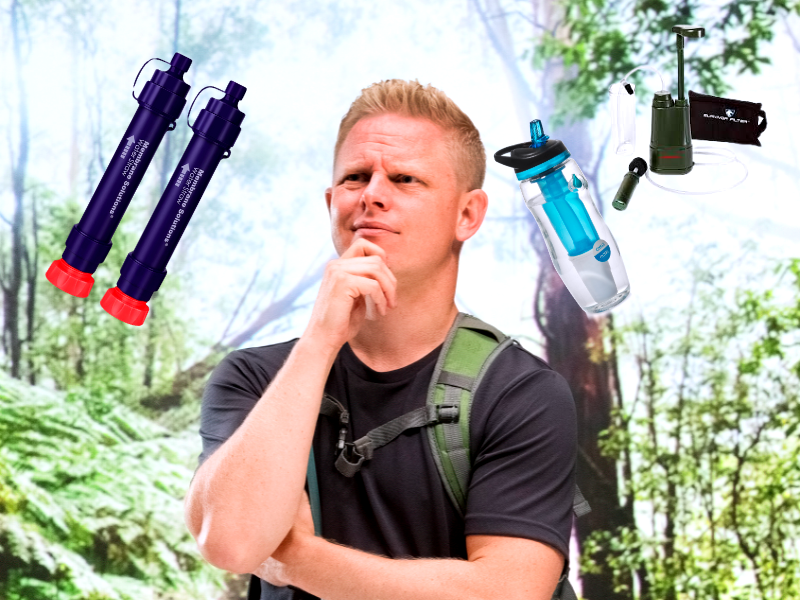
While filter straws are super convenient, they’re not the only option for water filtration. Other methods include pump filters, gravity filters, and chemical treatments like iodine tablets. Each has pros and cons, and the best choice depends on your situation and needs.
Pump filters can filter large amounts of water quickly but are bulkier and require more effort to use. Gravity filters are great for filtering water at base camp but are not as portable as filter straws. Chemical treatments are lightweight and easy to use but leave an unpleasant taste and may not be effective against all contaminants.
Cost
One of the biggest benefits of filter straws is their cost. Compared to other filtration methods, filter straws are relatively cheap and provide safe drinking water, perfect for budget-conscious individuals and organizations.
For example, a single LifeStraw can filter 1,000 liters of water, which is equivalent to about 2,000 bottles of water. That not only saves you money but also reduces plastic waste, making filter straws an eco-friendly option.
Eco-Friendly
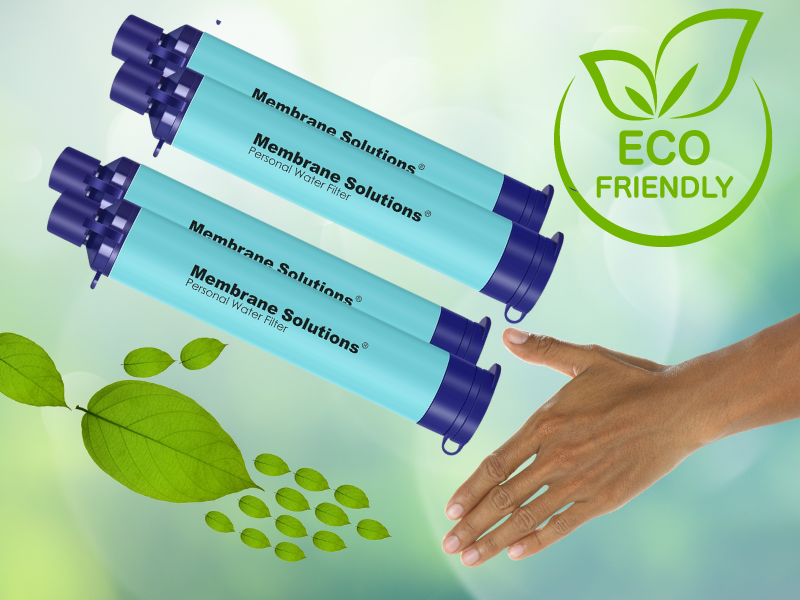
In addition to being cost-effective filter straws also have a positive eco impact. By reducing the need for bottled water they decrease plastic waste and the associated environmental damage. This is especially important in outdoor settings where waste needs to be minimized to preserve the environment.
Many filter straws, including LifeStraw, are also BPA-free, so they don’t leach harmful chemicals into the water. Making them a safe and eco-friendly option for clean drinking water.
Expiration Date
The shelf life of a filter straw is another factor to consider. Most filter straws have a shelf life of about 5 years so they can be stored for long periods without losing their effectiveness. Perfect for emergency preparedness kits where they may not be used immediately but need to be ready when needed.
Store filter straws in a cool, dry place and check the expiration date before use. While the filter may still work after the expiration date, its effectiveness may be reduced, so it’s best to replace it with a new one if possible.
User Feedback
Most people who use filter straws have a positive experience. They love the convenience, ease of use, and reliability of these devices. Many users also say the water tastes clean and fresh thanks to the activated carbon filters that remove chlorine and other chemicals.
For example, one hiker shared their experience using a LifeStraw on a long hike in the Rocky Mountains. They could drink directly from streams and rivers, with no need to carry large amounts of water. They found it easy to use and loved the taste of the water.
Drawbacks
While filter straws are very useful they have some limitations. One of the main drawbacks is they are not effective against viruses which are smaller than bacteria and protozoan parasites. So in areas where viral contamination is a concern, additional treatment methods may be needed.
Another limitation is filter straws can get clogged if used to filter very dirty water. Regular maintenance like backflushing can help but be aware of the limitations and use the filter properly.
Summary
Filter straws are a must for safe drinking water in many situations. They are portable, cost-effective, and easy to use, making them a popular choice for outdoor enthusiasts, emergency responders, and individuals in developing countries. By understanding how filter straws work, the factors that affect their lifespan, and proper maintenance, you can get the most out of them and have clean drinking water when you need it.
Keep up with the latest water filter tips and offers, and subscribe to our newsletter today!
FAQ
How often should I replace my filter straw?
Most filter straws, like the LifeStraw, can filter up to 1,000 liters of water. However, the actual lifespan can vary depending on the quality of the water being filtered and how often you use it. Monitor the flow rate and replace the filter when it’s hard to suck water through it.
Can filter straws remove viruses?
Filter straws are effective at removing bacteria and protozoan parasites but not viruses. If you’re concerned about viral contamination, additional treatment methods, such as chemical treatment or UV light, may be needed.
How do I store my filter straw when not in use?
After use, shake out any excess water and let the filter air dry completely. Store in a cool, dry place to prevent mold and bacteria growth. Check the filter regularly for damage or wear and replace it if needed.
